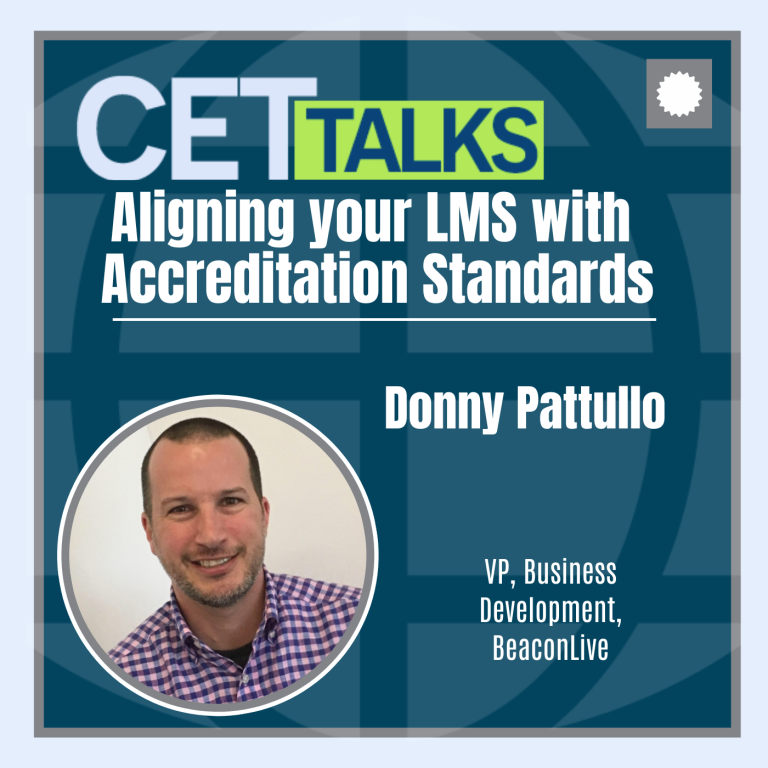Episode 26
- Episodes
- Episode 26: From Bending to Blending
.
CET Talks: Accreditation, Learning and Leadership
Episode 26
November 21 2024 . 23 MINUTES
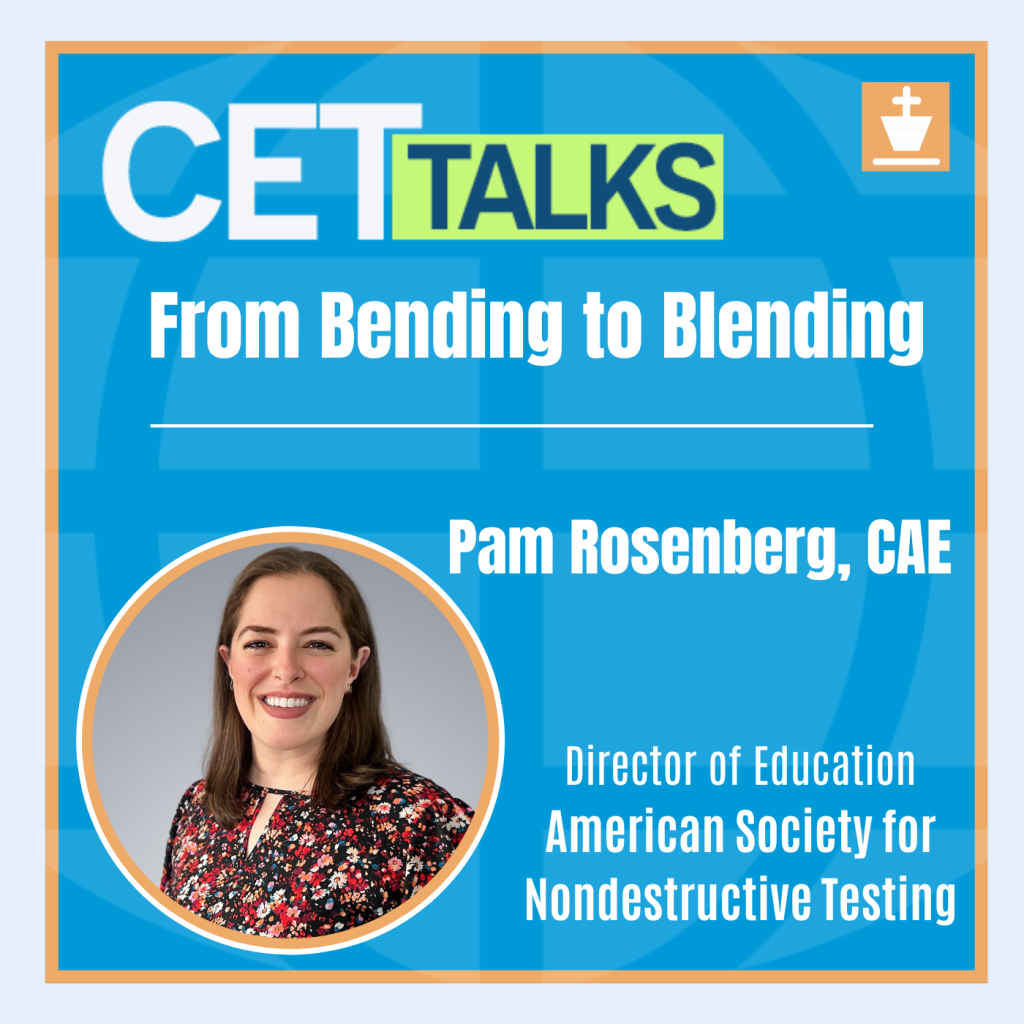
From Bending to Blending: Best Practices in Integrating Externally-Created Content
Join the CET Talks co-hosts as Pamela Rosenberg, Director of Education for the American Society for Nondestructive Testing, shares her expertise on integrating non-created content into educational portfolios. In this episode, Pam discusses common challenges, best practices, and the role of data analytics in ensuring a seamless integration process. Learn how organizations can stay current with evolving standards, manage diverse educational needs across regions, and prepare for future trends in the field.
Listen to the Podcast
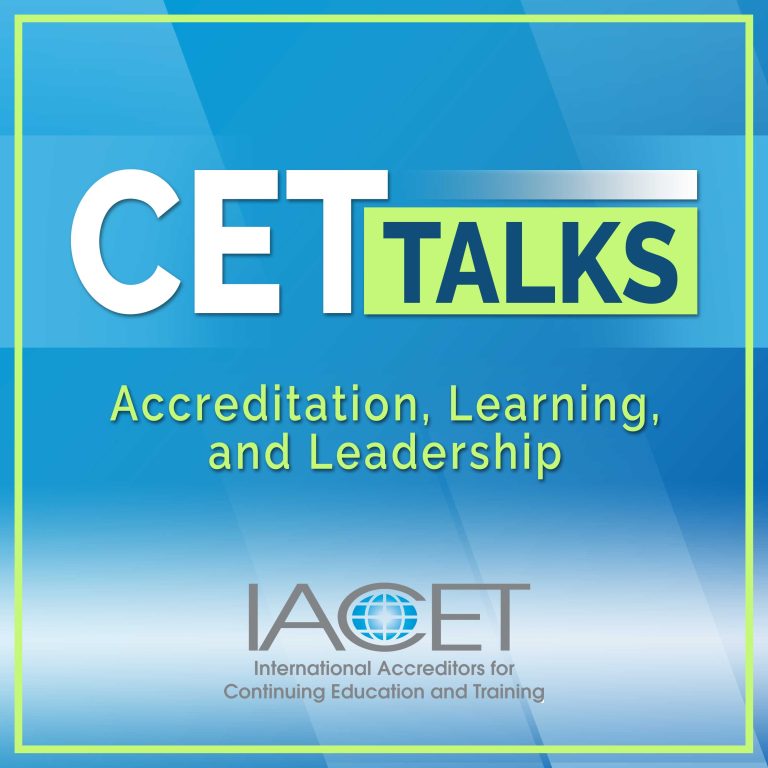
Welcome to CET Talks, the International Accreditors for Continuing Education and Training’s podcast, where we convene thought leaders in the continuing education and training ecosystem to share ideas, research, best practices, and experiences that promote the creation of a world that learns better. Your hosts are Randy Bowman, Interim President and CEO of IACET, and certified corporate wellness specialist Mike Veny.
Join the CET Talks co-hosts as Pamela Rosenberg, Director of Education for the American Society for Nondestructive Testing, shares her expertise on integrating non-created content into educational portfolios. In this episode, Pam discusses common challenges, best practices, and the role of data analytics in ensuring a seamless integration process. Learn how organizations can stay current with evolving standards, manage diverse educational needs across regions, and prepare for future trends in the field.
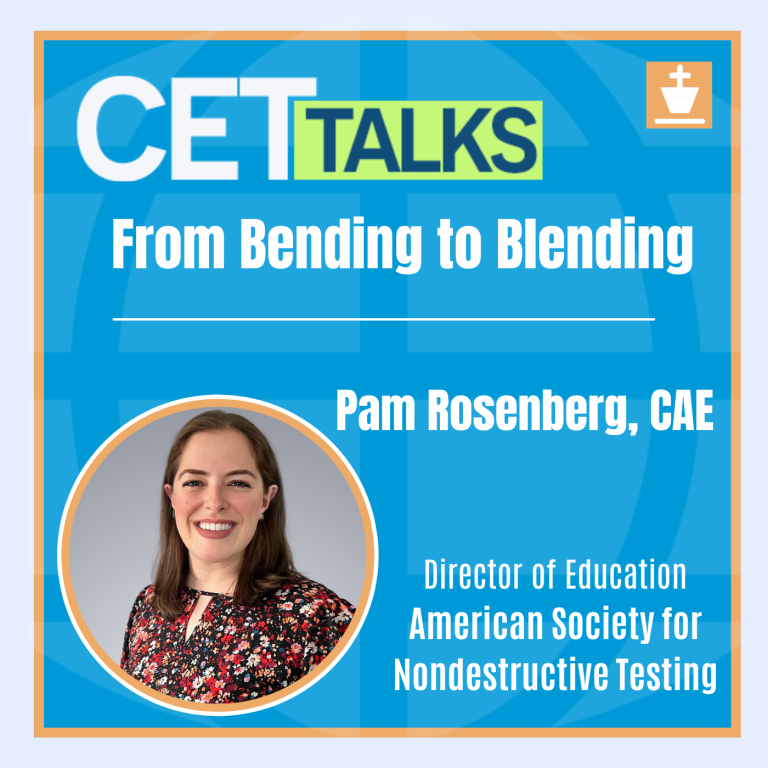
Transcription
Host: Welcome to CET Talks, the International Accreditors for Continuing Education and Training podcast, where we convene thought leaders in the continuing education and training ecosystem to share ideas, research best practices, and experiences that promote the creation of a world that learns better. Enjoy the episode.
Mike Veny: Hello and welcome to CET Talks. My name is Mike Veny, and I’m a certified corporate wellness specialist and the CEO of an IACET-accredited provider.
Randy Bowman: And I’m Randy Bowman, the president and CEO of IACET. Hi, Mike. Great to see you again. How’re you doing?
Mike Veny: I’m doing well. How are you Randy?
Randy Bowman: You know, I’m doing really well. I was wondering, do you remember when we interviewed Brian Washburn for, I think it was Episode 13, and his book Instructional Design on a Shoestring?
Mike Veny: I do remember that. I do remember that.
Randy Bowman: You know, one of the things that stuck with me from his talk is the concept of borrowing and buying content and it’s just been really sitting with me. In your business, have you ever bought any content, or have you developed it all yourself?
Mike Veny: Well, that’s a really good question and those of you listening out there, you can’t see, but my office is a hot mess right now because we are redoing the studio where I record. I said to myself, I’ve got to get to the point where I’m just not doing all this recording. Maybe I could buy some white label content. So, I’ve thought about it, but I’m really curious to learn more about how you actually go about it, make it yours, and incorporate it into your already existing system. So, I’m super excited for today’s guest. Our episode is about onboarding non-created content to your organization’s portfolio, and we have Pam Rosenberg with us today. She’s the Director of Education for the American Society for Non-Destructive Testing. She’s earned the Certified Association Executive credential from ASAE and the credentialing specialist certificate through the Institute of Credentialing Excellence in 2016. This one I love. She was named in Association Forums 40 Under 40 awardee in 2020 and currently serves as the Chair of the—this is a tongue twister as I’m about to read this out loud—currently serves as the Chair of the Professional Development Professionals Advisory Council’s Engagement subcommittee. And with that, Pam, welcome to our show.
Pam Rosenberg: Thank you for having me. I’m honored.
Randy Bowman: We’re so glad to have you here today, Pam, and I do want to mention that the American Society for Non-Destructive Testing is an IACET-accredited provider. It’s great to have an expert from our own family joining us today. Let’s just do some level setting here and start off with the basics. Why would an organization want to onboard someone else’s content into their course catalog? Wouldn’t that kind of merger be kind of jarring from a design and maybe even a tonal standpoint?
Pam Rosenberg: So, yes, it’s pretty abrupt and especially in the association space, it’s not a traditional method and means to bring on content, but there’s plenty of reasons why you could be in favor of that. You obviously need to do a pretty big scan if your association is going to be getting into the business of buying businesses, so to speak, or buying content. And you know, a lot of associations don’t have the financial resources or the headcount to quickly maintain content and develop stuff on the fly. A lot of our for-profit competitors are in very similar spaces to us. They have something established, and they have a business plan that they developed. Why not bring it on if the timing is right and if the owners of the content are willing to sell, so to speak; I’ll just use that term lightly. There’s plenty of ways to bring on their content without outright purchasing it, but it’s a great way to add immediate products to your catalog and help elevate your association with much less of a lift than developing it yourselves.
Mike Veny: I’m liking the sound of this, and it sounds like you have some experience personally with this. Can you explain how the American Society for Non-destructive Testing onboarded some external content, and what it’s meant for your organization’s training function?
Pam Rosenberg: So, prior to me coming on board, there was no formal education strategy at ASNT. It was operating as a membership society that’s a credentialing body, as well. The board and staff leadership at the time made that decision to put together the business case for why we needed a proper education strategy to bring on association professionals, as well as learning professionals. Because in learning, you bring on learning professionals; they’re not necessarily association learning professionals. So they agreed to that business case, and part of that was the understanding that we’re not going to have this massive suite of products that’s going to be available for purchase and for curation all at the same time. There was an opportunity for a group of industry experts who had developed their own platform. They were looking to officially retire, and this was the perfect; due diligence was done to make sure this was the right platform, or excuse me, the right type of content that they wanted to put into our fresh e-learning. It really was just that, to start with e-learning self-paced content, and it immediately elevated us. It was one of my first roles. I was two and a half months on the job, and they said, “Here, Pam, we’re buying this thing. Do with it what you like.” I’m the supposed expert and professional on all this stuff. That was quite an experience, and really a very unique experience, in that because maybe you’ll license a course from another provider or you’ll buy a product from another subject matter expert, but I can’t imagine I will have many opportunities like this in the future. So, this was really, really unique and bringing it to an industry that looks to the association for guidance. Obviously, we write the publications, we help set the standards, and so on. So very unique, and we immediately added nearly a dozen products to an e-learning catalog that didn’t exist prior to us coming on board.
Mike Veny: Wow. When determining if absorbing, purchasing, or even leasing another’s organization’s content, what metrics or insights do you recommend that our listeners look for?
Pam Rosenberg: So, obviously you need to do a pretty good environmental scan. A lot of times, as the professionals on the association side, we’re not out in the field doing the work that our members and customers are doing. So, you need to have those really thoughtful conversations with your board and your stakeholders. But also putting that lens on there. It’s like do they have any interests that may cloud their judgment or cloud their recommendations? And having that understanding that this is going to be an upfront cost, but you can get it done a lot faster by acquiring and purchasing it. You know, this was at this point 2 years ago when the board had decided or they had approved the education strategy, so much has changed in two years, and that’s definitely a redundant statement, and we’ve heard it a lot. But understanding that acquiring, purchasing something like this will help you strategically, to be able to bring those resources in so that you can adapt to changing technology. Having a great relationship with your board goes a long way for many different reasons, but having that mutual trust that, “Okay, we as the association are going to do what’s in the association’s best practices, and you’re also helping us drive that strategy. Who are the right people to be approaching, who has the names in the industry, with the understanding that it’s going to disrupt the market a bit, and it’s going to frustrate some of your competitors, but we’re not in the business to necessarily cater to our competitors. We want to support our competitors in the best way, but we’re here to keep the lights on, just as they are.
Randy Bowman: So, Pam, when you were bringing on this new content, especially as an IACET-accredited provider, were there any specific challenges you faced when it came to maintaining the standards required by your accreditation?
Pam Rosenberg: We definitely had to make sure that there was only so much under the hood that we were going to get access to prior to, “Here’s another buzz, we’re getting keys to the castle” and really knowing what we’re buying; we could see at the front of it. But again, prior to that acquisition and money actually exchanging hands—there was only so much we were going to see, the decisions that we did have to make, and not all of the training that we purchased was going to be valid for IACET. We understood that this was not necessarily going to achieve that, but that’s because we purchased it. We didn’t have a hand in developing it. We needed to get the revenue generating so that we could continue to build new and updated products that also meet the IACET accreditation requirements. One of the main reasons that we did purchase the catalog of products is we really had a need to serve the level one and level two individuals in our profession. Level three is the highest level that you would achieve in this profession. So, we needed to cater to our level one and level two and really get them to understand ASNT as a training provider and also start getting those statistics. What is selling, and where do we need to focus our time? Yeah, this product may be slightly outdated. Again, we didn’t build it, but this one is a top seller of ours and this one’s a little bit outdated, perhaps. So let’s focus our attention there because it’s actually a selling product. And while we’re building the replacement product, the revenue is still coming in.
Mike Veny: Well, you kind of answered my next question. I was thinking of going to Walmart for cough medicine and you know, there’s like Robitussin and then WalTussin, right? And when I think of white labeling, that’s what I think about. But I was going to ask you, did you plan on changing the product? You said you’re in the process of creating a new product based on that. Is that what you’re doing with all the products, so this way it’ll be uniquely yours and you can fix the gaps?
Pam Rosenberg: There’s some of them that have a much greater need to be addressed because the new tech is not even addressed in some of those. So, without getting too boring, and this is not my area of expertise in terms of how the products were built, we are figuring out ways to add additional modules to the products themselves that say, “Hey, this was not addressed in module such and such, but here’s what has changed since this was recorded.” It allows for the product to stay fresh without having to disassemble the thing altogether. And that the thing is selling. So allowing us to do that, and there’s some that we do outright need to replace for various reasons. But the majority of the products that we are, or excuse me, the one main product at the moment that we are replacing, it’s doing okay, but we want to ensure that it’s really built to putting on my ball cap for being an instructional designer of a person. I don’t want to take away the credit. I’m not saying I am one of those at all, but we need to make sure that it’s being built for adult learning best practices, and we want to make sure that we’re exploring with these new tools that we’re getting ready to onboard brand new narration and avatars, and so on. That’s allowing us to pilot a fresh course, while also supplementing with additional modules, to ensure that our popular courses are still selling and maintaining their relevancy.
Randy Bowman: Oh, that’s awesome. So, you hit upon something that we talk about a lot here with our audience and as people who are coming and looking for accreditation is this idea of progress over perfection. I love that you hit on that with, “Hey, we know it’s not where we want it to be, but we’re going forward while we work on it.” And that’s just a great value that I’m glad to hear you guys have adopted. To our listeners who may be IACET-accredited providers and who are in the same situation, I do want to make sure you are aware, we do have in the resources tab on the website, the guidance for working with third party content. Do make sure you check that out. Pam, back to you. Talk a little bit more about how you prioritized which courses you were going to go ahead and start perfecting and which ones you said, “Hey, we’ll just go ahead and let that one ride for now.”
Pam Rosenberg: So, we engaged our teeny technical and education council to take a deeper dive into this catalog that we acquired, because again, none of us are on the side of what our members do, maybe with the exception of your group here, IACET, you’re a unique organization. But there’s no way other than maybe the videography of it, it looks outdated. And reading from a screen, reading from the slide, rather than doing a formal presentation where it’s not straight reading from a slide. We had them take a look at it with very specific prompts, and we started color coding them after we received the feedback from them and said, “Okay, this is severely lacking.” However, once that came back we said, “Okay, we could fix that with a module or there’s other external factors that we maybe need to take this course off the catalog altogether; the business side of things that we need to do an outright replacement of it.“ And again, like I said before, that would give us a great opportunity to start fresh. This is how ASNT does it. This is our standards; this is our template. This is literally our SOP and how to do this. You know, we have teams, this is how we build that. They know, generally, how they should build it, but it’s always kind of been inherited. Whereas we’re in a really unique position because we are a brand new department still. We are a little under two years old at this point. I’m going to call us toddlers; we’re not infants anymore. We still stumble, fall, and need snacks to keep us entertained, but it’s really nice to have that clean slate. We’re very fortunate; not many associations and ISF providers have that opportunity to have that clean slate. So, really engaging with your SMEs; generally, we’d like to have at least two of them do that review. But with the understanding that some of them could take 20 hours to review, and it’s not just the straight watch the thing and write us a sentence. It’s “Why is this valid?” This is still okay, maybe recommend this publication to supplement or maybe recommend they attend a hands-on program with us or something just to fill the gaps that this course itself is not meeting at the moment. A lot of it is sales. What did the historical sales do? Did it start dipping five years ago, three years ago? Potentially doing a little bit of research with the purchasers to say, “Hey, why is this tool still helpful to you? What do you think could have an improvement on it?’ But truly, it’s really just starting with your councils, your committees because they’re the experts. But again, I keep saying this, right, are they reviewing it with an unbiased tone or are they, “ I’m a vendor that does training on this. Can I get a consulting gig out of this?” So, ensuring that you’re looking at it with a clear lens and not making decisions just because one person said to jump. And I’ve been caught in that in my association history. One person on one committee says, “Oh, we’ve got to do this great idea, or you got to pull this”, or whatever the case is and pausing. “Okay, thank you. I’m going to listen to that recommendation. I’ll let you know what the next steps might be.” That’s a really important thing to consider before making decisions either way.
Mike Veny: Well, Pam, thank you so much. This was a very insightful interview, and I have so many more questions, I wish we could keep going here. And I want to say thank you for your partnership in IACET’s ecosystem here on CET Talks. We like to think about the future by ending with our big question for you. And our question is, what does a world that learns better look like to you?
Pam Rosenberg: I’m a big believer in community, which is going to surprise no one who knows me; a big believer in community. So, allowing for a learning environment where there’s a little bit of self-paced or a little bit of self-learning and then coming together and discussing what theory was learned or the technical topics that were covered. It allows for self-reflection, as well as community reflection, because we learn the best on the job, in the training with people that are in similar situations to us with the guidance from that subject matter expert, the instructor, the professor, whoever it is. So, a blended learning opportunity. And some people may not totally enjoy community, but chances are someone who’s taking the training or taking that learning opportunity in the past, they have had questions like that. It’s a great opportunity to learn and share together, because nobody works in a vacuum by themselves, whether they have clients, other members, other committees, or their general work environment. Nobody works in a vacuum. So my final takeaway is learning through community would be perfect learning scenario.
Mike Veny: I love that. Well, thanks again. I’d just like to tell you my takeaway from today. And Randy, I want to hear yours too. The word that I kept or the phrase that I kept hearing is due diligence, due diligence. When you’re doing something like this, and I love that, IACET has on its resource page some guidelines for working with third party content. What about you, Randy?
Randy Bowman: You know, what I took away here was the importance of leveraging your subject matter experts and the importance of leveraging those who have the technical expertise to know how to continue to develop, or what parts need to be developed of the content. And being flexible in that discussion was, I think, very important when you’re dealing with third party content. What are the tensions, what are the different values? And then make sure you are managing those in a diligent way. So, thank you, Pam, so much for joining us. We always do love having people of your expertise and accredited providers join us as we wrap up today’s discussion on the importance of onboarding externally created content to your organization portfolio. We’d love to hear from you. What experiences have you, our listeners, had in onboarding new content into your organization’s training portfolio? Please share your insights and ideas for future topics on our LinkedIn page or on our dedicated CET-talks.org website. That’s C-E-T–talks.org, C-E-T dash talks dot org website. Your stories can provide invaluable lessons and inspirations for others navigating similar pitfalls. We certainly hope you’ll subscribe to this podcast on your favorite podcast platform. That way you don’t miss any episodes. And of course, you can always listen to the other topics on the CET Talks archives. We did mention Brian Washburn’s episode earlier, so make sure you head over to the website and check out that episode if you missed it, as well. Thank you so much for joining us today. Until next time.
Host: You’ve been listening to CET Talks, the official podcast of IACET. Don’t forget to subscribe to the podcast on Spotify, Apple podcasts, or wherever you listen to podcasts. To learn more about IACET visit IACET.org, that’s I-A-C-E-T.org. Thanks for listening and we’ll be back soon with the new episode.
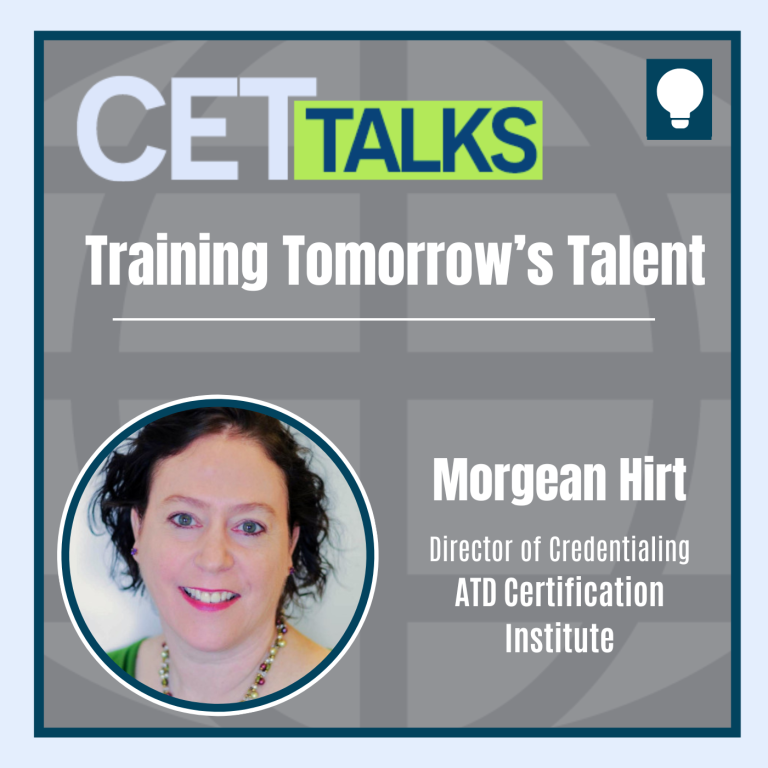
Episode 31: Training Tomorrow’s Talent: Exploring Certification, Standards, and Impact with ATD’s Certification Institute
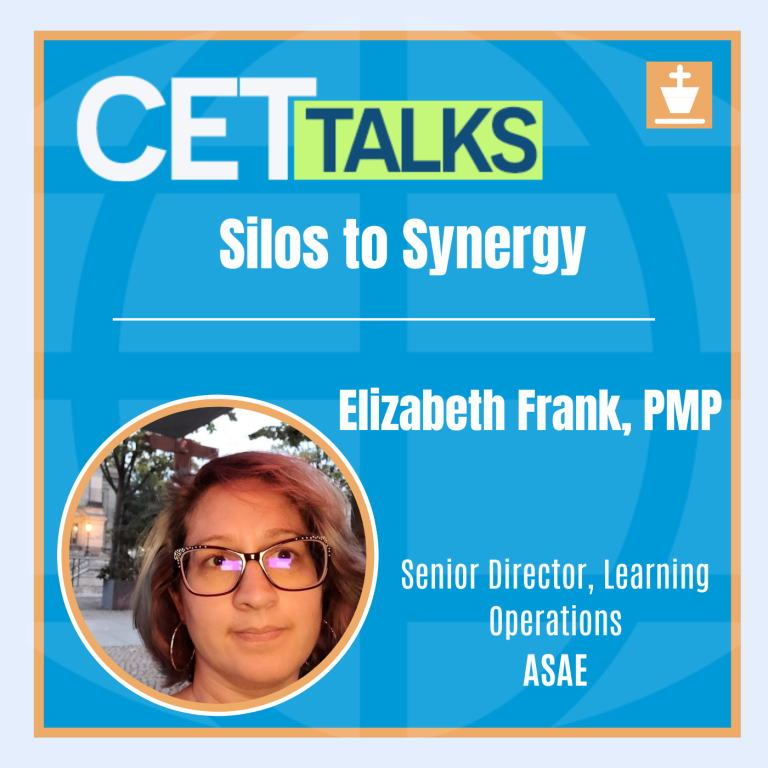
Episode 30: Silos to Synergy: Holistic Approaches to Creating Collaborative Learning

Episode 29: Credentials in Crisis: Challenges and Opportunities in Modern Education Recognition
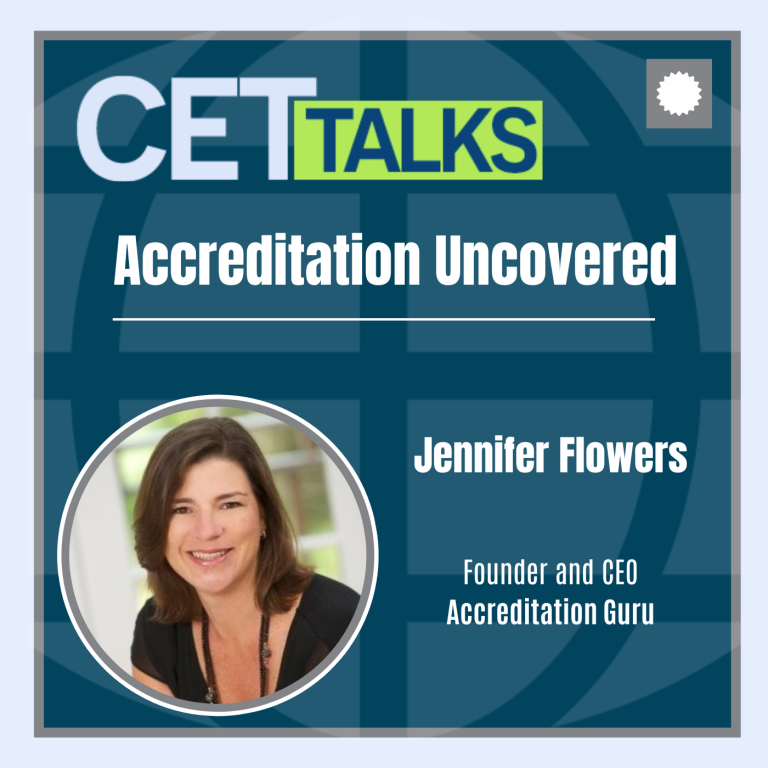
Episode 28: Accreditation Uncovered: Essential Insights from an Industry Leader
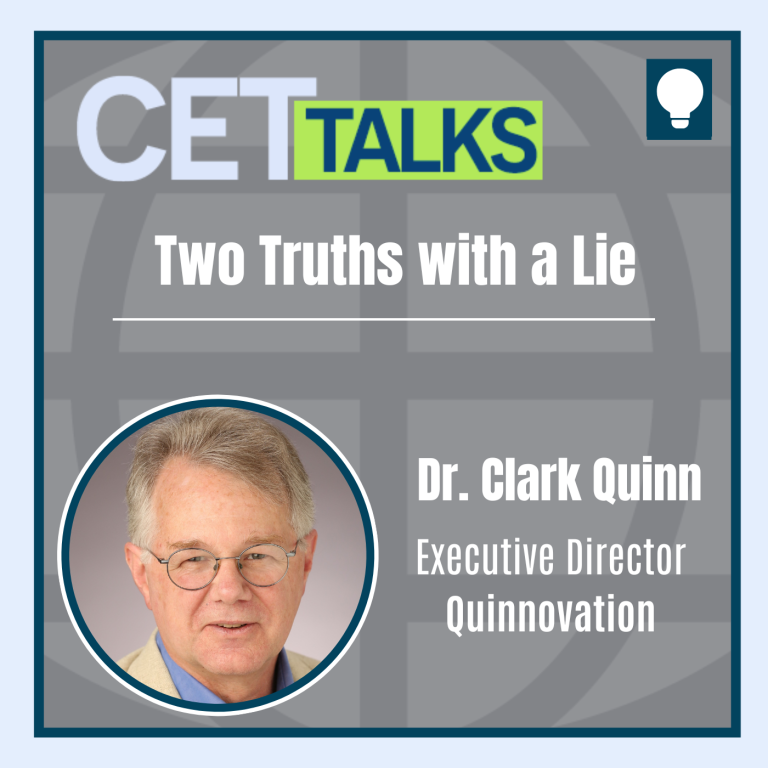
Episode 27: Two Truths with a Lie: Managing the Myths of Modern-Day Learning
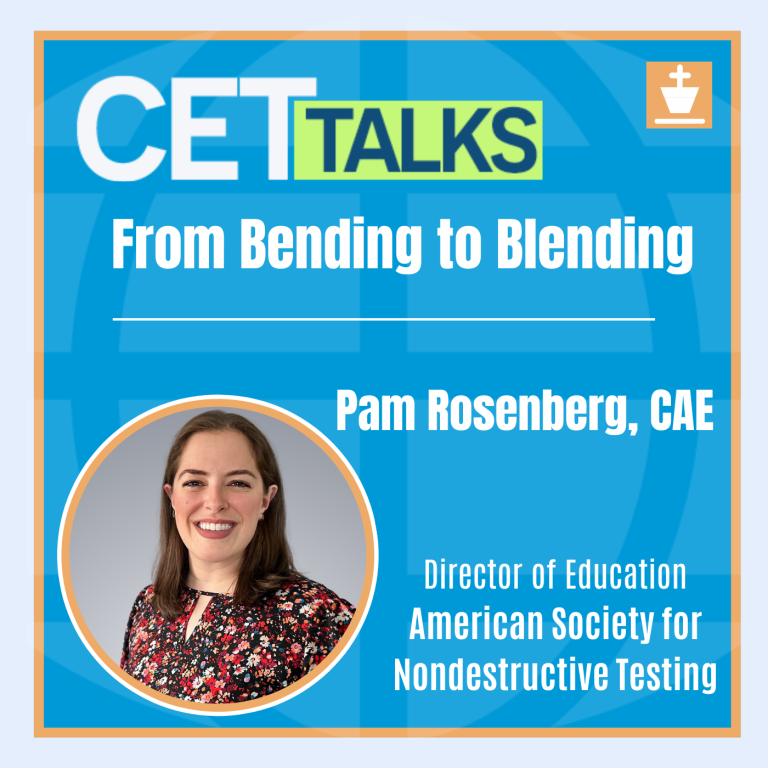
Episode 26: From Bending to Blending: Best Practices in Integrating Externally-Created Content
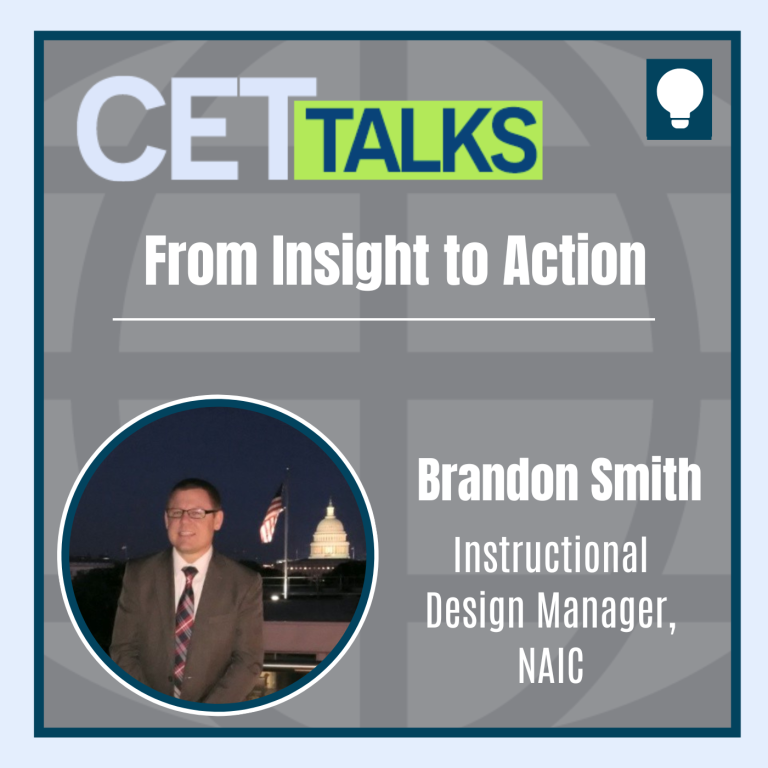
Episode 25: From Insight to Action: Charting the Career Path of a SME-turned-ISD
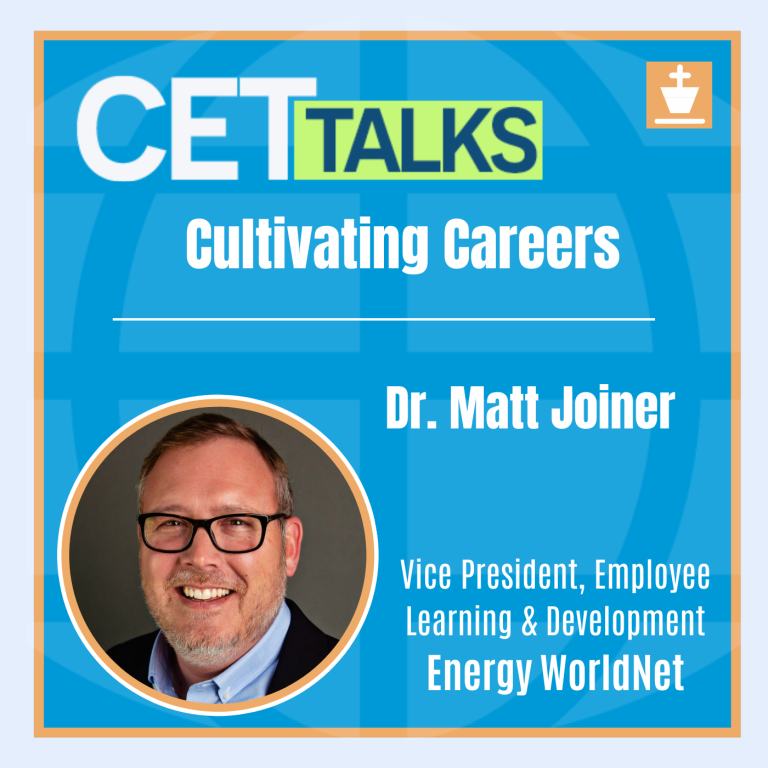
Episode 24: Cultivating Careers: The Power of Employee Engagement for Organizational Success
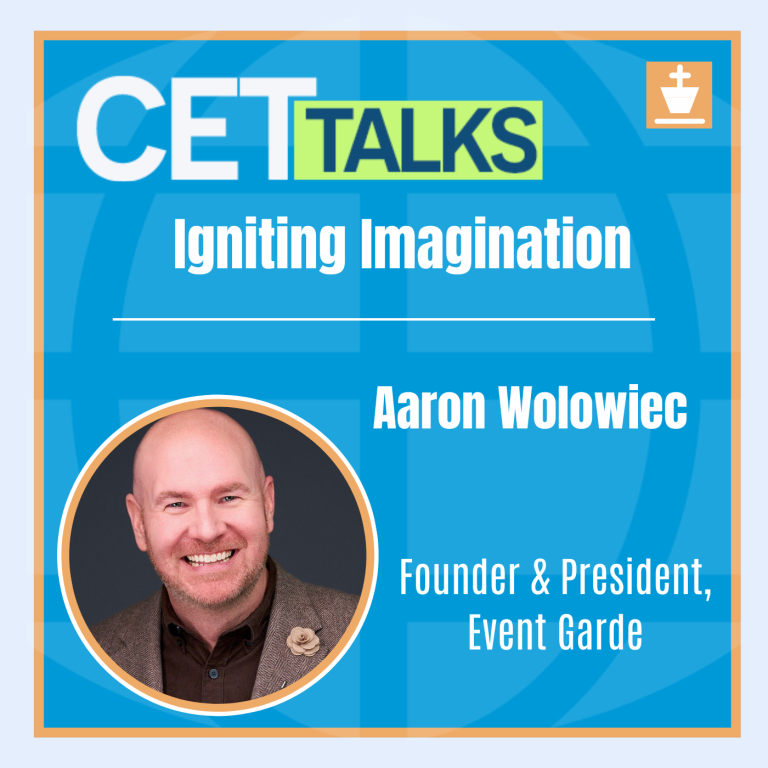
Episode 23: Igniting Imagination: Crafting Creativity in Training Environments
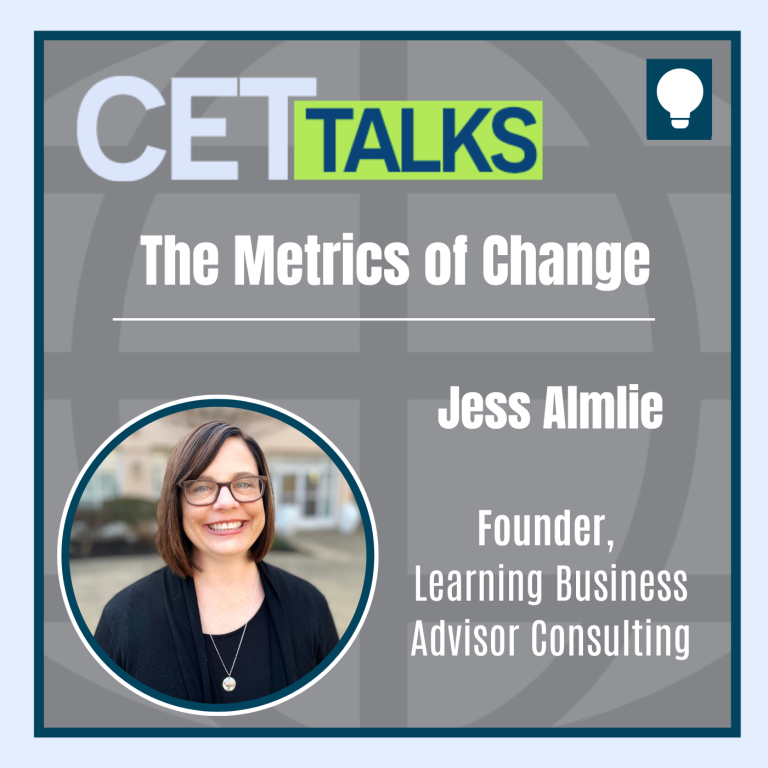
Episode 22: The Metrics of Change: Navigating Purposeful Measurement in L&D
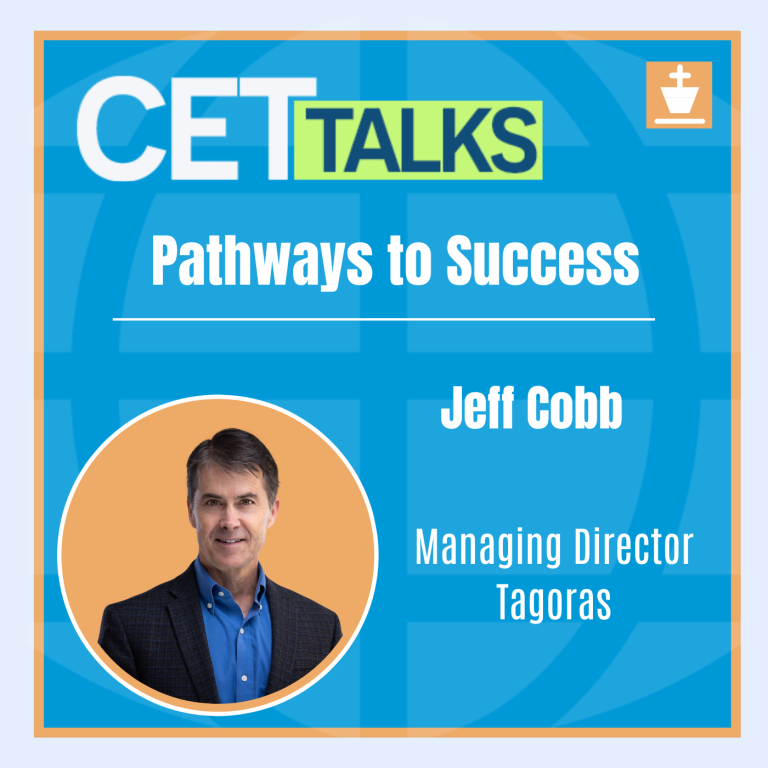
Episode 21: Pathways to Success: The Value of Lifelong Learning through Digital Credentials
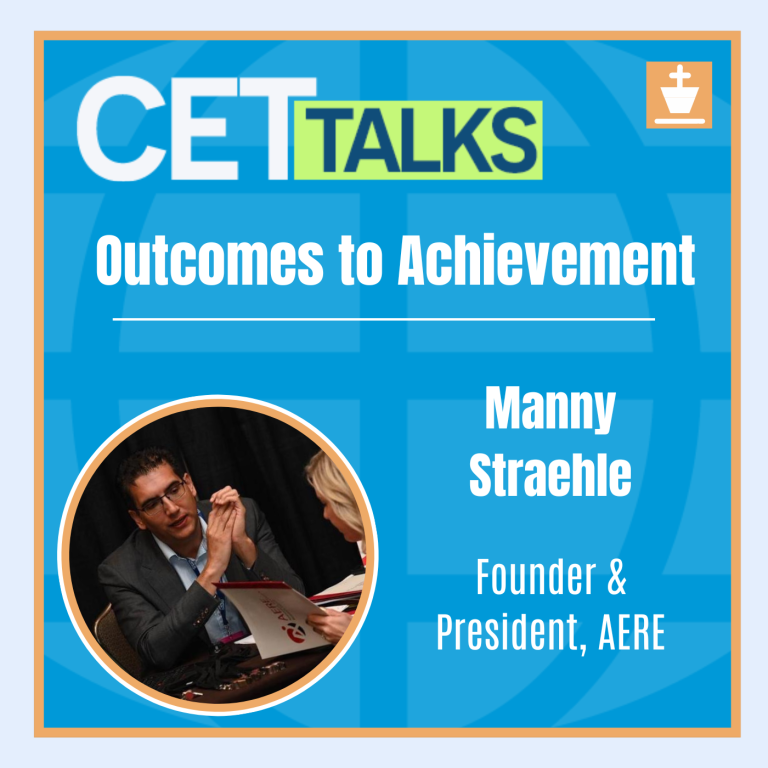
Episode 20: Outcomes to Achievement: Crafting Tomorrow’s Workforce Through Competency Models
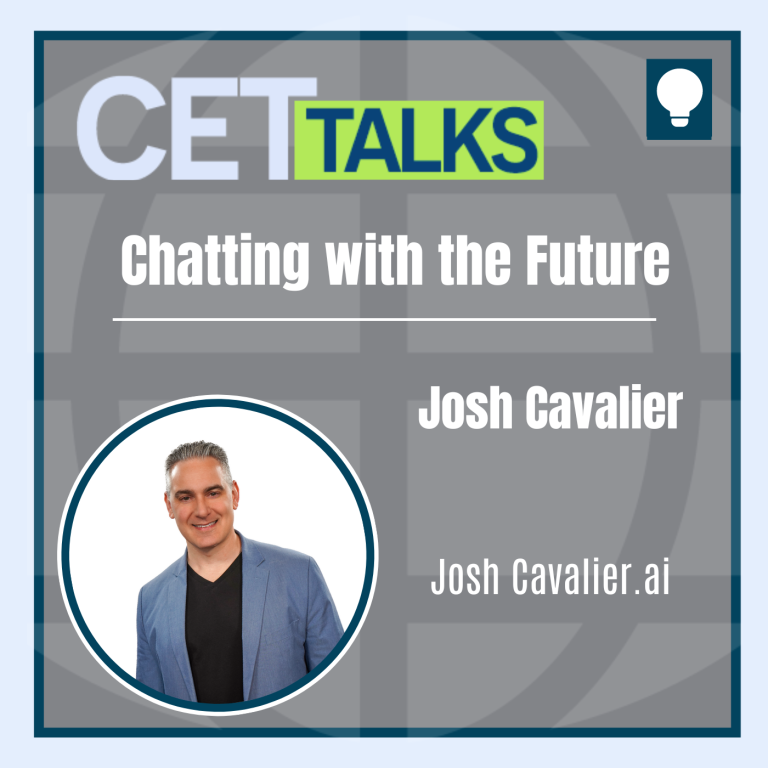
Episode 19: Chatting with the Future: Enhancing AI Output Through Prompt Engineering
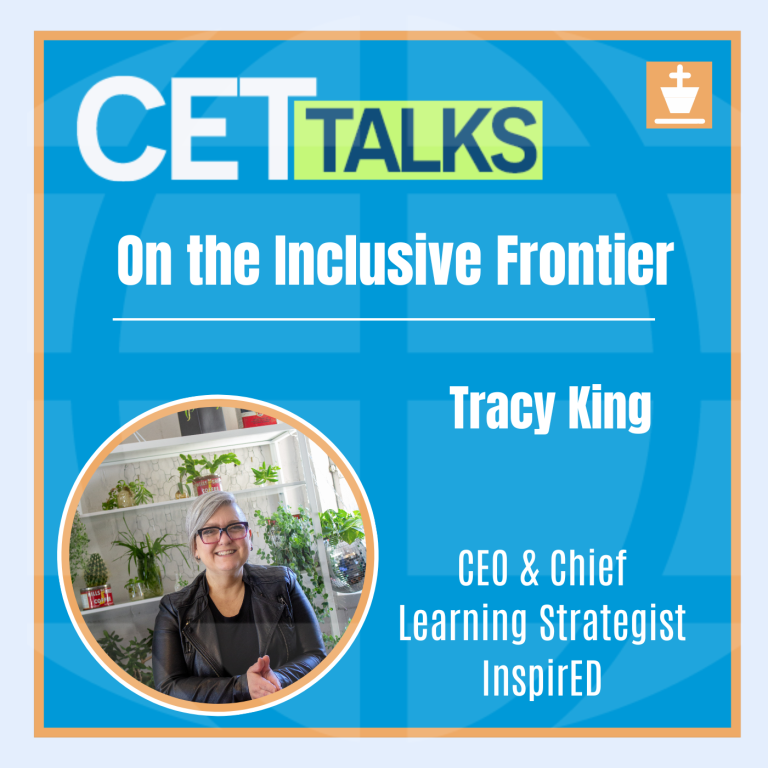
Episode 18: On the Inclusive Frontier: Harnessing Neurodivergence in Modern Training

Episode 17: Designing with Purpose: Strategies for Accessible e-Learning Development
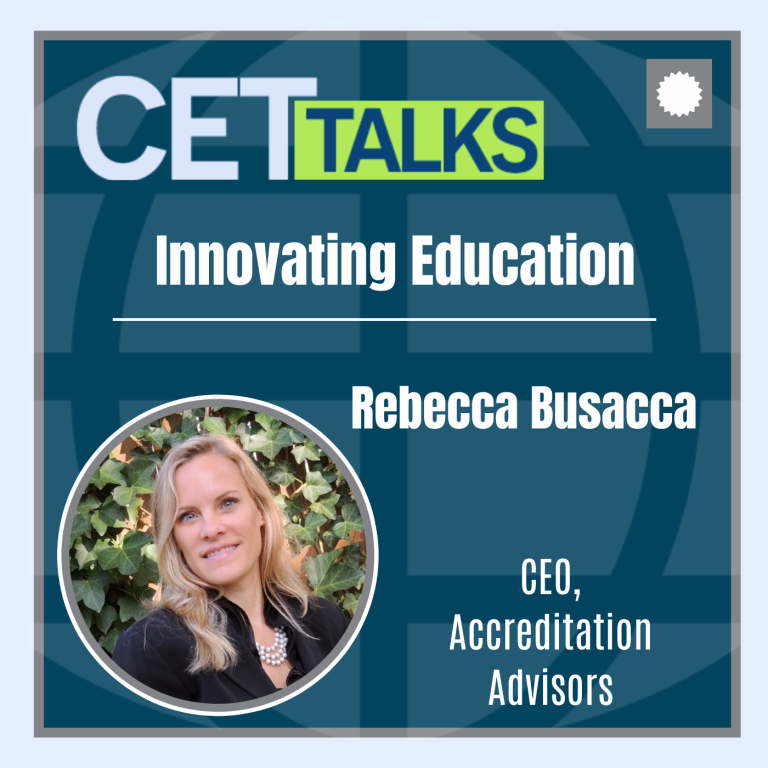
Episode 16: Innovating Education: Navigating Accreditation for Short-Term Training

Episode 15: Beyond the Basics: Elevating Virtual Training through Expert Facilitation
